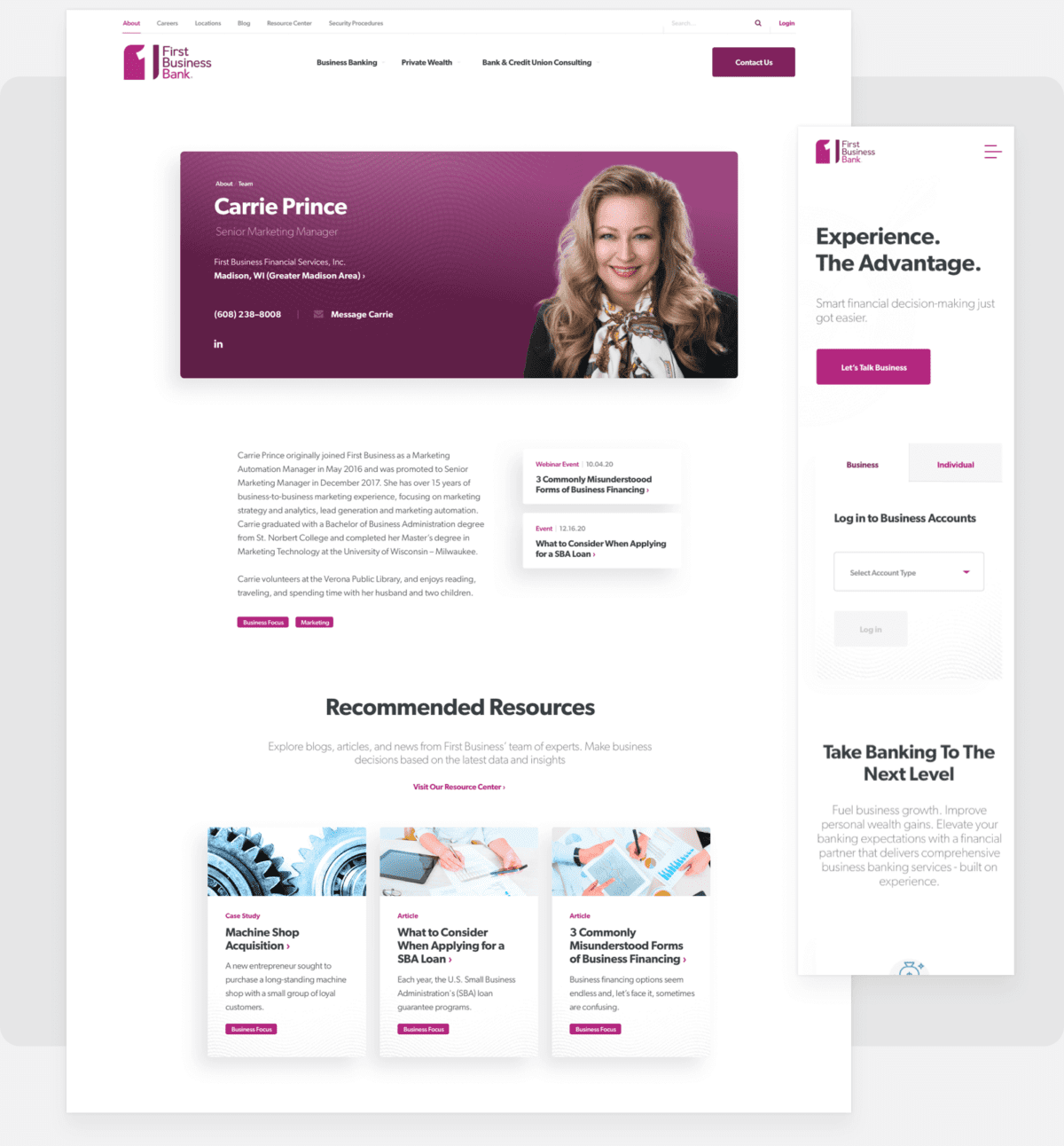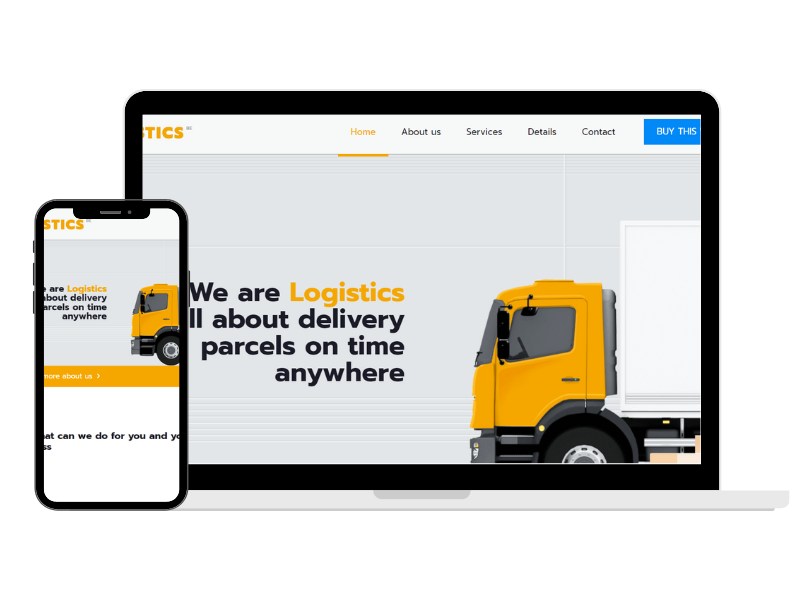Houston Web Design: Strategic Solutions for a Exciting and Reliable Online Visibility
Wiki Article
Unlocking the Secrets of Reliable Internet Site Style: A Step-by-Step Strategy
In today's digital age, the success of a company greatly relies upon its online existence. A well-designed internet site plays a crucial role in drawing in and preserving clients. Nevertheless, the tricks to effective internet site design continue to be evasive to numerous. That is why we have created a detailed method to unlocking these secrets. "Opening the Keys of Effective Site Layout: A Step-by-Step Technique" uses beneficial insights and practical assistance for creating websites that not only look aesthetically attractive but additionally give an exceptional individual experience. This extensive overview will certainly take you with the process of recognizing individual experience, defining your web site's objectives, investigating your target market, crafting user-friendly navigation, and optimizing for mobile responsiveness. By following this detailed strategy, you will certainly be furnished with the expertise and devices needed to produce successful and impactful internet sites for your organization.Understanding the Customer Experience
Comprehending the User Experience is a critical element of effective site design, as it permits designers to quantifiably analyze and enhance the overall satisfaction and use of a site for its desired individuals. When engaging with a web site, the User Experience (UX) includes the emotions, mindsets, and assumptions that customers have. By gaining a deep understanding of the customer's requirements, behaviors, and goals, designers can develop easy to use and instinctive interfaces that improve the total experience.To comprehend the customer experience, designers use a series of research study approaches such as customer interviews, surveys, and functionality screening. These approaches help recognize pain factors, determine locations of improvement, and gather beneficial insights right into user habits. Houston Website Design. By evaluating this information, designers can make enlightened decisions and execute changes that boost the website's functionality and eventually boost individual contentment
In addition, recognizing the user experience allows designers to create customized experiences customized to the details demands of various user groups. By segmenting customers based upon demographics, habits, and preferences, designers can produce customized user interfaces that deal with the special requirements of each customer group. This degree of customization not only improves the customer's experience but also promotes a feeling of connection and loyalty to the site.
Defining Your Website's Goals
What are the essential action in defining your website's goals? Defining your web site's objectives is a critical action in creating an efficient online visibility. By clearly recognizing your objectives, you can make certain that your web site serves its function and meets the demands of your target market.The very first action in defining your internet site's goals is to perform detailed research and evaluation. This includes understanding your target audience, their choices, and their assumptions. By gaining insights right into their needs and wants, you can straighten your website's goals with their assumptions.
Next, you need to develop certain and quantifiable goals for your web site. These objectives should be lined up with your total service objectives and must be reasonable and attainable. If your goal is to enhance on the internet sales, you can establish a specific target for the number of sales you want to accomplish within a particular time structure.
As soon as you have actually established your goals, it is very important to prioritize them. Determine which goals are crucial and should be concentrated on very first (Houston Website Design). This will certainly assist you designate your efforts and resources efficiently
Finally, it is important to frequently assess and examine your internet site's objectives. Keep an eye on your development and make adjustments as necessary to ensure that your website remains to fulfill the demands of your target market and sustains your overall company objectives.
Researching and Evaluating Your Target Market
To properly design a web site, it is critical to carry out complete research study and evaluation of your target audience. Recognizing your target audience is vital in creating an internet site that will engage and reverberate with them. By performing research study and analysis, you can get important insights into their needs, choices, and behaviors, enabling you to customize your style choices appropriately.
The very first action in researching your target audience is to identify that they are. This entails event demographic info such as age, occupation, area, and gender. In addition, it is necessary to think about psychographic factors such as worths, rate of interests, and motivations. This info will help you create user personas, which are imaginary representations of your target market that embody their qualities and demands.
When you have actually recognized your target market, the following action is to analyze their online habits. This includes researching their surfing habits, social media usage, and preferred gadgets. By comprehending exactly how they connect with technology, you can design a web site that satisfies their expectations and supplies a seamless individual experience.

Crafting a Clear and Intuitive Navigation
Developing a seamless and straightforward navigation system is essential for an efficient site style. The navigation works as a roadmap for visitors, directing them with the internet site and helping them discover the details or products they are trying to find. A clear and user-friendly navigating boosts the customer experience, enhances engagement, and increases the possibility of conversions.To craft a user-friendly and clear navigating, it is very important to keep it basic and arranged. Limit the variety of menu products to prevent frustrating site visitors and prioritize one of the most important pages. Use detailed labels that precisely represent the web content of each web page, making it possible for users to quickly understand what they will find. Consistency is also vital, making sure that the navigating is present on all web pages and complies with a consistent layout.
Aesthetic hints can even Website Designer in Houston more enhance the quality of navigating. Using drop-down menus or breadcrumbs can offer added context and aid individuals comprehend where they are within the internet site. Incorporating responsive design principles enables the navigation to adapt seamlessly across various tools, making certain a easy to use and consistent experience.
Regularly screening and maximizing the navigation is essential to guarantee its performance. Analyze customer habits, track metrics such as click-through prices and bounce rates, and make adjustments accordingly. By continuously refining and enhancing the navigating, you can create an internet site that is easy to browse, urges exploration, and inevitably attains its goals.
Maximizing for Mobile Responsiveness
When optimizing for mobile responsiveness, it is vital to guarantee that the web site style adapts flawlessly to various gadgets. With the boosting usage of smart devices and tablet computers, it has become essential for websites to give a straightforward experience on mobile platforms. Mobile responsiveness describes the capability of a web site to adjust its layout and web content to fit numerous screen dimensions and resolutions.To enhance for mobile responsiveness, designers should focus on simplicity and clarity. Mobile users have actually restricted screen room, so it is necessary to get rid of unneeded components and focus on web content that is most pertinent to the user. This can be achieved with receptive design techniques such as using versatile grids, scalable photos, and media queries.
Furthermore, designers ought to think about the rate and performance of the web site on smart phones. Slow loading times can frustrate users and lead to high bounce rates. Making use of and optimizing pictures pressed data can help boost filling times and overall efficiency.
Moreover, touch-friendly navigation is essential for mobile responsiveness. Buttons and web links should be big sufficient for individuals to quickly tap on, and food selections need to be easily available and intuitive to navigate.
Final Thought
In conclusion, efficient website layout needs a detailed technique that concentrates on comprehending the user experience, defining objectives, researching the target audience, and crafting clear navigation. Furthermore, optimizing for mobile responsiveness is essential in today's electronic landscape. By adhering to these concepts, sites can provide a instinctive and smooth experience for customers, leading to enhanced interaction and success in attaining their purposes."Unlocking the Keys of Efficient Website Design: A Step-by-Step Approach" supplies important insights and useful guidance for developing web sites that not only look visually attractive yet additionally provide an exceptional user experience.Understanding the Customer Experience is a crucial aspect of effective site design, as it allows developers to quantifiably analyze and maximize the total satisfaction and use of an internet site for its desired individuals. The Individual Experience (UX) encompasses the feelings, perspectives, and perceptions that customers have when connecting with an internet site. By understanding exactly how they engage with modern technology, you can develop a web site that fulfills their assumptions and offers a seamless individual experience.
In final thought, effective web site layout needs a detailed approach that focuses on understanding the individual experience, defining goals, looking into the target audience, and crafting clear navigation.
Report this wiki page